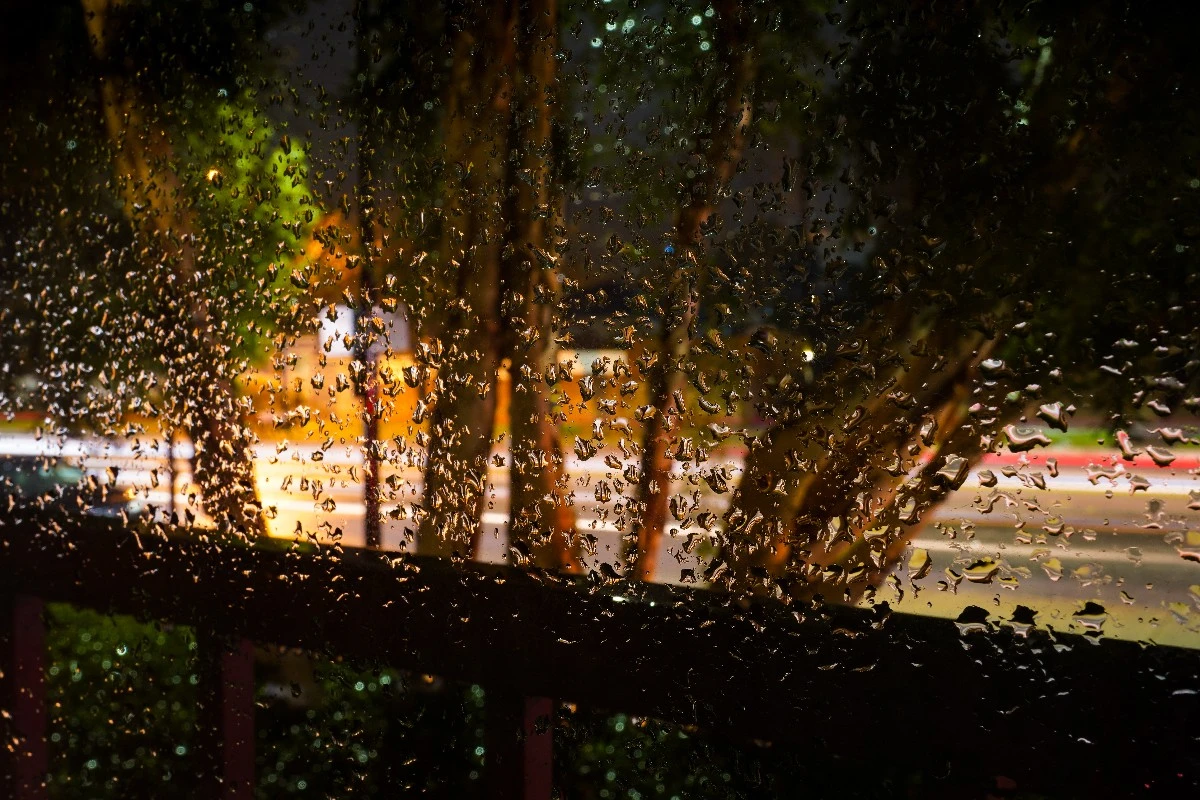Damp and moisture are among the most common reasons outdoor lights fail. Modern LED bulbs are efficient and reliable, but they are vulnerable to water, dust, cold and heat, all of which are part and parcel of South Africa’s natural weather patterns and outdoor conditions.
Importantly, great-quality outdoor lights should be corrosion-resistant and waterproof to function as expected. Humidity, air pollutants, and air temperatures can contribute to water films forming on the surface of the most advanced solar lights, which can lead to deterioration and corrosion, even if the water remains outside the inner workings.
Water damage impacts solar lighting solutions in every location, but rust-proof and waterproof outdoor lighting outperforms all other options in terms of value for money, longevity and reliability.
Why Do Outdoor Lights Need to be Waterproof and Rust-Proof?
Waterproofing and corrosion resistance are essential for any outdoor lighting you install, whether you’re opting for eco-friendly, low-cost solar lights or a conventional wired model. If rain or moisture infiltrates the outer lighting case, it will often damage the battery and bulbs permanently.
Moisture can also contribute to rust or corrosion inside the lighting model, reducing the effectiveness of an advanced LED bulb, or causing a traditionally wired light to short-circuit.
Weather Patterns Responsible for Corrosion and Faults in Outdoor Lights
Often clients assume that rust-proof outdoor lighting is essential only for homes and businesses close to the coast. However, almost any location across South Africa will expose your lighting solutions to moisture and potential faults.
As a quick overview:
- The average annual rainfall is just over 46 cm, and while rain is often more frequent and heavier to the east, it is also highly unpredictable and subject to variations.
- Saline and moisture content in the air is higher close to any body of water
- Humidity levels in the summer can reach an average of 77% in the Eastern Cape and 56% in Gauteng—even if you are in a relatively dry region, any lighting you install could erode and malfunction due to the combination of humidity and heat.
All this information means that corrosion resistance isn’t only essential during rainy seasons or in certain places but that any solar outdoor lighting fixture must be properly engineered, tested and built from waterproof materials to remain functional for longer than a few months.
Once a lighting unit begins to rust, this will often mean the model is reaching the end of its useful life. Rust and corrosion that reach inside the light casing can damage the battery or compromise the integrity of the outer case, making it vulnerable to extreme heat and inevitable failure.
SoLight always recommends choosing fully waterproof, highly rated outdoor light models, which will ensure your lights stay bright, responsive, and in pristine condition, whether you’re looking for decorative outdoor lights for a garden or patio or a high-functioning security outdoor wall light for commercial premises.
What Is the Difference Between a Set of Rust-Proof and Waterproof Outdoor Lights?
Wall lights are a great example because they are commonly installed in unprotected outdoor space, such as around a pool, garden, patio dining space, business entrances, loading bays and parking areas.
A solar light labelled as weatherproof is generally rated against its ability to withstand direct contact with water, such as rain droplets or moisture from a sprinkler system. Waterproof is a more robust grading, meaning lights will stay functional even when exposed to significant water or moisture.
Rust or corrosion resistance is different because it means that the product can function normally without being exposed to rust damage, often a result of contact with salt water, which otherwise would cause the battery, light, or whole unit to stop operating.
It is completely possible for an outdoor light to be corrosion-resistant without being waterproof and vice versa since a light constructed from a material vulnerable to rust might also have an accredited waterproof rating – making it essential you look for both qualities when investing in outdoors lighting.
How to Check the Rust and Water Resistance of a Solar Light
Fortunately, there are many ways to compare two solar light models or to check whether the lighting you’re considering will live up to your expectations without needing to be replaced soon due to water ingress or rust.
The first is to look for an IP rating, which identifies the level of durability a light offers against water and abrasion. IP ratings are the most dependable reference point since they are awarded independently and are an official form of accreditation rather than a rating a lighting company or brand decides itself. For instance, a light rating of IP65 or above can withstand general water exposure, such as rainfall and moisture in the air during periods of humidity.
If you need a great set of waterproof outdoor area lights, we strongly recommend only purchasing lights with an IP rating displayed. Any other claims of waterproof properties may not be supported by thorough testing. Our blog library and latest articles provide much more information about IP ratings and the testing process.
The next factor to consider is the materials your outdoor light is built from. Some materials are naturally rust and corrosion-resistant, whereas others are more likely to develop rust spots over time.
Aluminium is a perfect option since it is lightweight and cannot rust—only iron and iron alloys are exposed to this type of corrosion. Although the metal can potentially corrode, an aluminium oxide coating is highly resistant and provided the light is kept clean and well-maintained, it will be protected from any indications of corrosion for many years.
You’ll find full specifications of each outdoor solar light model on our SoLight product pages, including IP waterproof ratings, casing materials, and the programming and functionality options available.





